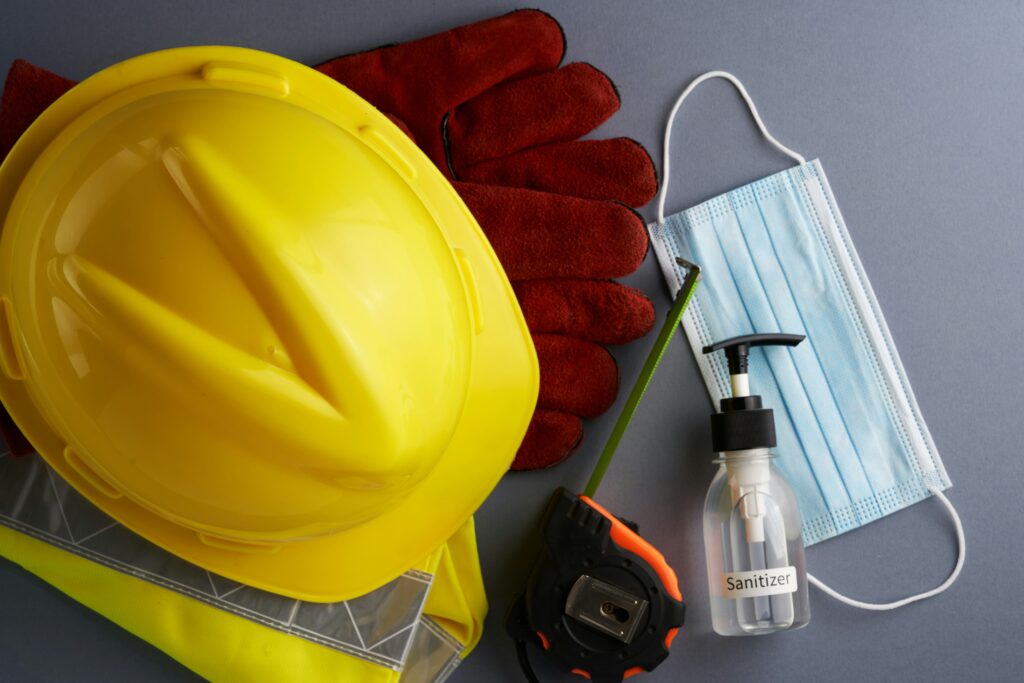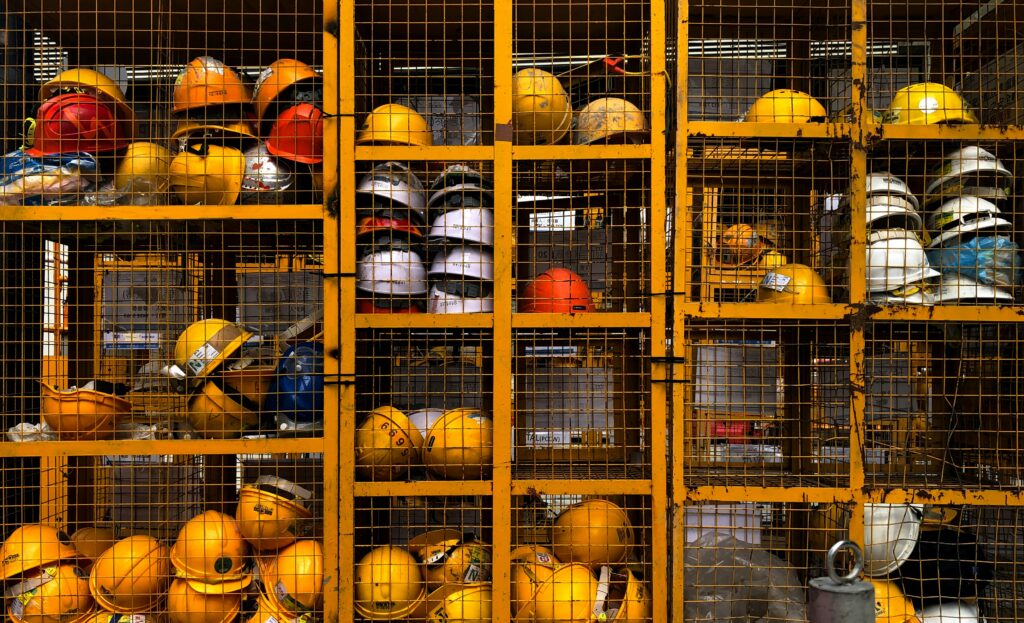Article Overview
HVAC safety training saves lives and careers. This guide explains why safety training matters, what students learn, and how proper training builds skilled technicians. From basic safety rules to advanced equipment handling, discover how good training creates professionals who work safely and effectively every day.

Meet Jake. He’s been working on air conditioners for two years. Last month, he was fixing a unit on a hot roof when he almost fell. Why? He skipped safety training and didn’t use the right equipment. Jake learned a hard lesson that day. Safety training isn’t just paperwork; it’s what can keep you alive and working.
Why HVAC Safety Training Matters
HVAC work is dangerous. You work with electricity, chemicals, and heavy equipment and often in tight spaces. Without proper training, accidents happen. Every year, workers get hurt because they didn’t follow safety rules or didn’t know them at all.
Good safety training does three important things. First, it keeps you safe. Second, it protects your customers and their property. Third, it helps you do better work. When you know how to work safely, you can focus on fixing problems instead of worrying about getting hurt.
Think about it this way. A chef learns to use knives safely before cooking. A driver learns traffic rules before driving. HVAC technicians must learn safety rules before working on heating and cooling systems.
What Students Learn in Safety Training
Basic Safety Rules
Every HVAC student starts with basic safety rules. These rules might seem simple, but they save lives. You learn to turn off power before working on electrical parts. You learn to wear safety glasses when drilling or cutting. You learn to use gloves when handling sharp metal.
Students also learn about lockout/tagout procedures. This means shutting off power and making sure no one can turn it back on while you work. This means shutting off power and making sure no one can turn it back on while you work. OSHA’s Control of Hazardous Energy standard (29 CFR 1910.147) requires specific procedures for addressing and controlling hazardous energy during servicing and maintenance of machines and equipment. It sounds simple, but it prevents many accidents each year.
Chemical Safety
HVAC work involves many chemicals. Refrigerants, cleaning solutions, and solvents all have special safety rules. Students learn to read safety labels and understand warning signs. They learn which chemicals can’t be mixed together and which ones need special storage.
One important lesson is about refrigerant safety. Some refrigerants can cause frostbite if they touch your skin. Others can make you sick if you breathe them. Good training teaches you how to handle these chemicals safely.
Equipment Safety
HVAC equipment is heavy and powerful. Students learn how to lift heavy parts without hurting their backs and to watch for signs of strain or improper technique.
They learn to use lifting equipment and work with partners when needed.
They also learn about tool safety and how to keep tools in good condition, looking out for any signs of wear or damage before use.
Ladder safety is another big topic. Many HVAC jobs require working at heights. Students learn how to set up ladders correctly, how to climb safely, and when to use other equipment like scaffolding. Recognizing warning signs such as a shaky ladder or unstable ground becomes second nature, helping prevent accidents on the job.
Building Professional Habits
Safety training doesn’t just teach rules it builds habits. When you practice safety procedures over and over, they become automatic. This is important because real work sites can be busy and distracting.
Good instructors make safety training hands-on. Students practice putting on safety gear, using tools correctly, and following procedures. They learn to check their work area for hazards before starting each job.
Students also learn to speak up about safety problems. If you see something dangerous, you need to say something. This protects everyone on the job site.
Real-World Applications
Safety training prepares students for real work situations. In the field, you might work in basements, attics, or on rooftops. Each place has different safety challenges. Training helps you recognize these challenges and respond correctly.
For example, working in a basement might mean dealing with low oxygen levels or dangerous gases. Training teaches you to test the air and use proper ventilation. Working on a roof means fall protection and heat safety become important.
Students learn that safety rules apply everywhere, not just in the classroom. Whether you’re working for a big company or starting your own business, safety training helps you make good decisions.
The Role of Instructors
Good HVAC instructors do more than teach technical skills. They model safe behavior and explain why safety matters. They share real stories about accidents and how they could have been prevented. This helps students understand that safety isn’t just about following rules—it’s about going home healthy every day.
Instructors also stay current with safety standards. Safety rules change as new equipment and techniques are developed. Good instructors make sure their students learn the most current safety practices.
Building Confidence Through Training
When students know how to work safely, they feel more confident. Confidence helps them do better work and handle unexpected situations. A confident technician can focus on solving problems instead of worrying about safety.
Safety training also prepares students for certification exams and job interviews. Employers want to hire technicians who understand safety. Good training gives students the knowledge they need to succeed.
Long-Term Benefits
HVAC safety training benefits last throughout your career. Safe workers have fewer accidents, which means fewer injuries and less time off work. They also tend to do higher-quality work because they’re not rushing or cutting corners.
Safe technicians often become supervisors and trainers themselves. They can teach others and help build safer work environments. This creates a positive cycle where safety knowledge spreads throughout the industry.
The Future of Safety Training
HVAC safety training keeps getting better. New technology helps instructors teach more effectively. Virtual reality can show students dangerous situations without putting them at risk. Online courses make training more accessible to students in different locations.
However, the basics remain the same. Students still need to learn safety rules, practice safe procedures, and develop good habits. Technology can help, but it can’t replace hands-on training and experienced instructors.

Conclusion: Safety as a Foundation
HVAC safety training isn’t just another class to pass. It’s the foundation of a successful career. When students take safety seriously, they protect themselves, their customers, and their future in the industry.
Remember Jake from the beginning? After his close call, he went back and completed proper safety training. Now he’s a crew leader who teaches safety to new workers. His accident taught him that safety training isn’t about slowing down work; it’s about being able to work tomorrow.
Every HVAC professional starts with safety training. It’s where you learn that being careful isn’t being scared; it’s being smart. Good safety training creates technicians who are skilled, confident, and ready for long, successful careers.
The next time you see an HVAC technician working safely, remember that their training made that possible. Behind every safe worker is an instructor who cared enough to teach them the right way. That’s how we build tomorrow’s safe technicians today.

I’m Ethan Richards, the guy running the show at “Acknowledgment Templates.” I’ve been playing with expressions and formats to make acknowledgment writing a whole lot of fun. Over at Acknowledgment Templates, we’re here to make your acknowledgment section incredible. Let’s add some professionalism and gratitude to your project together!



